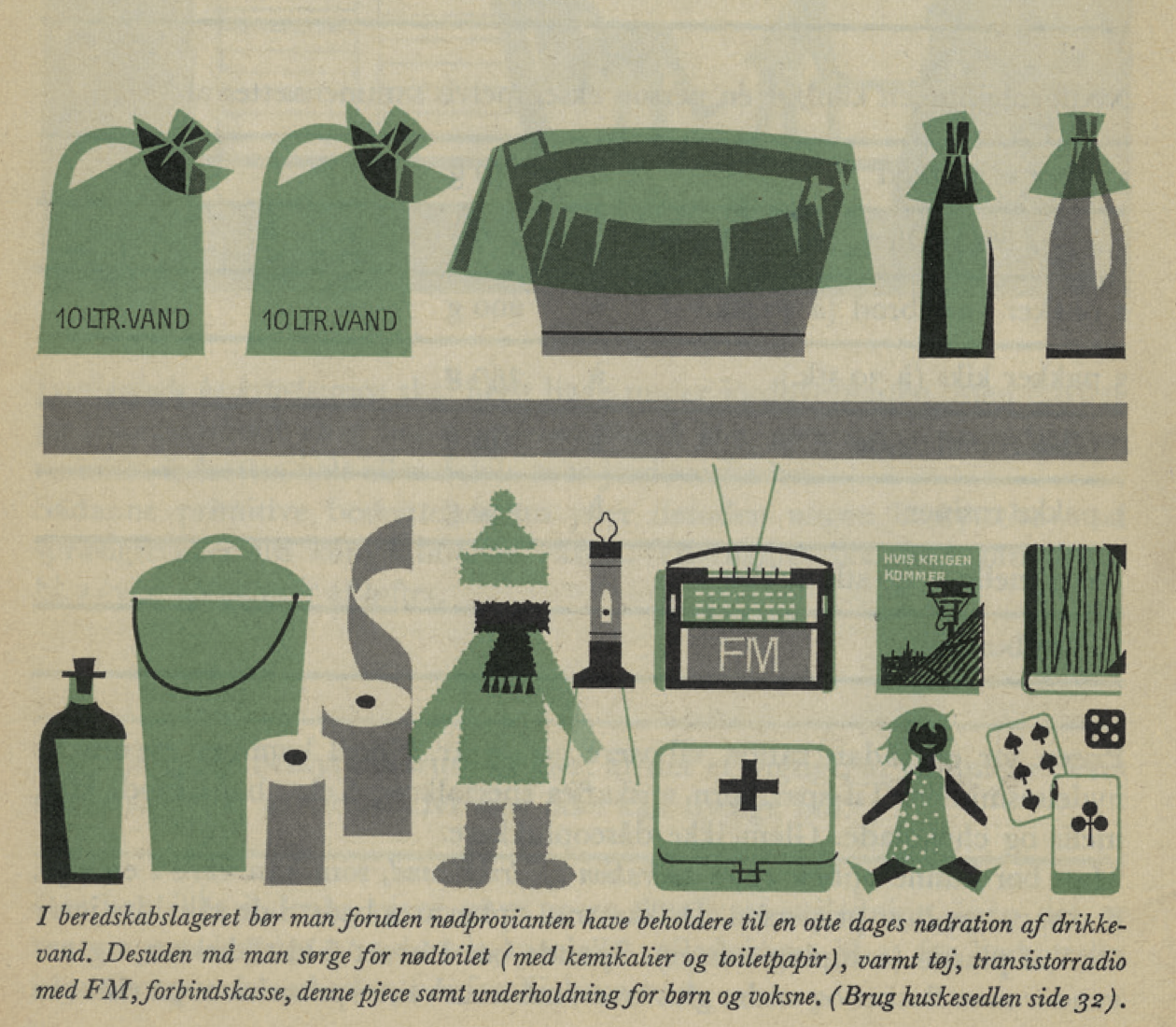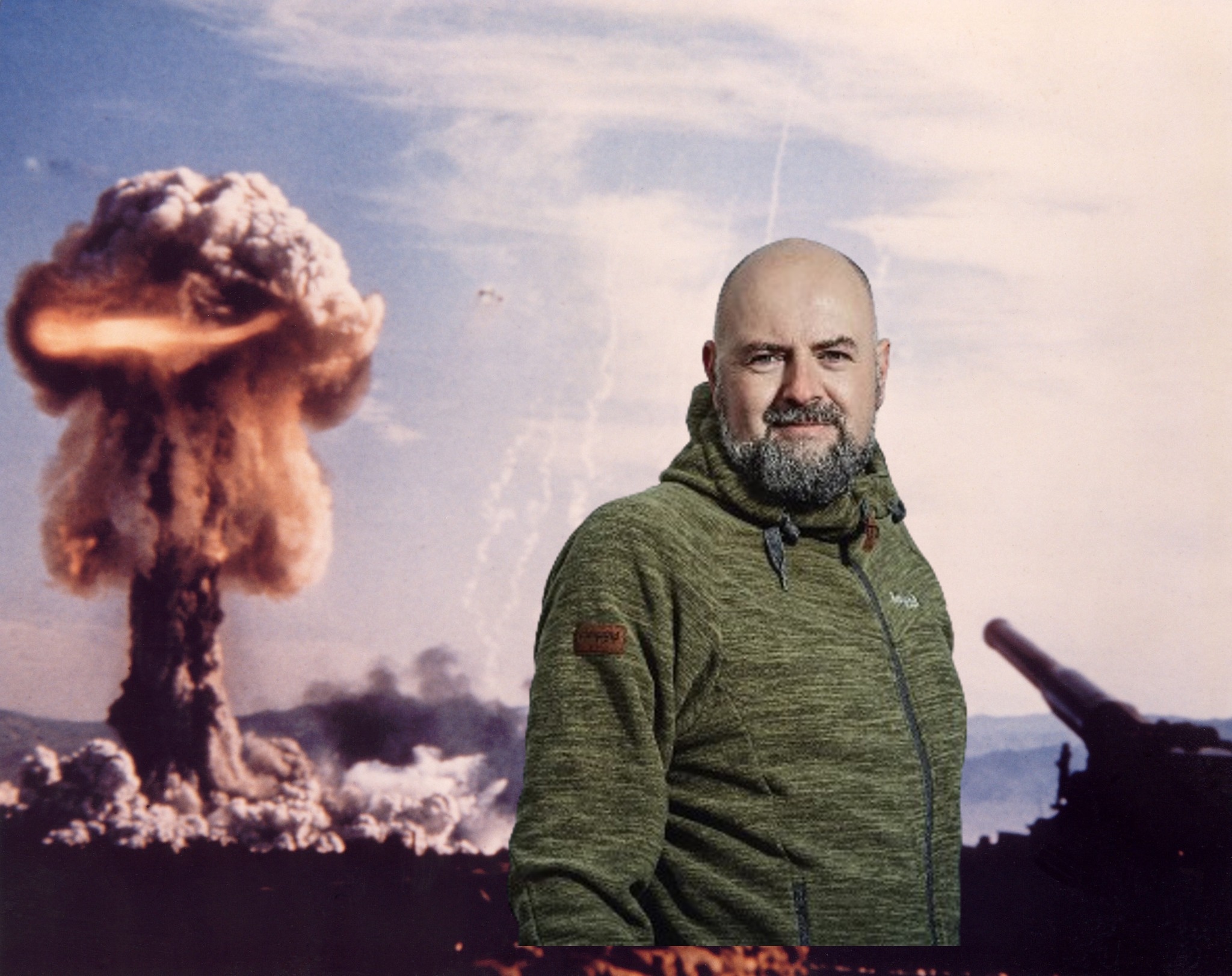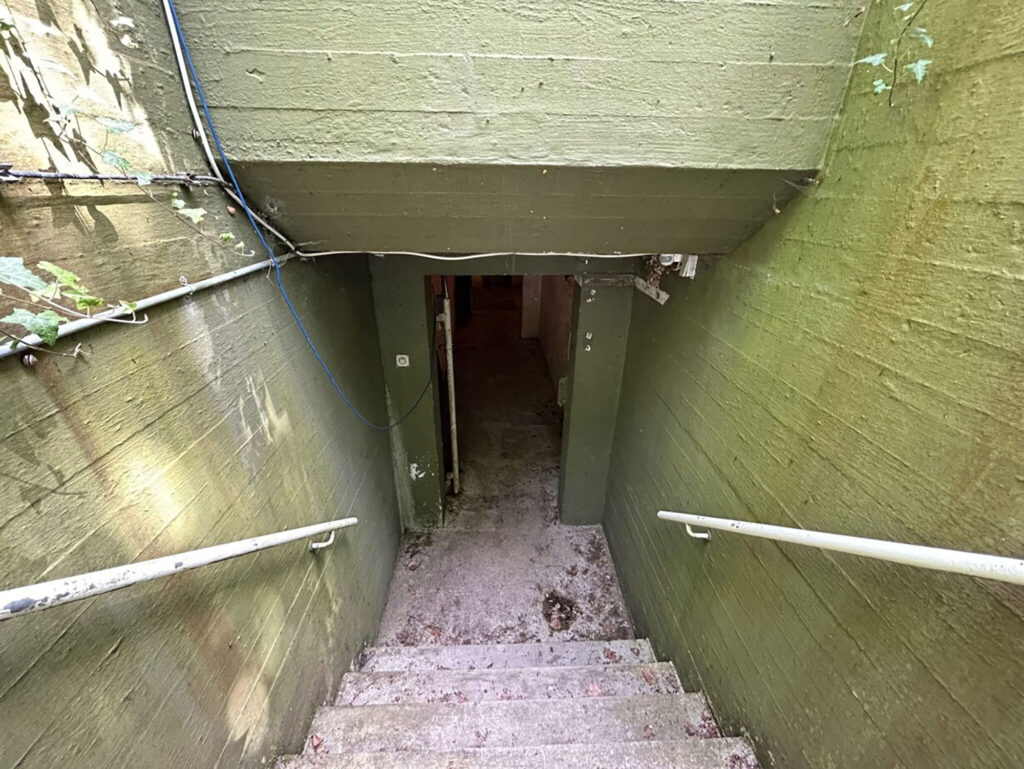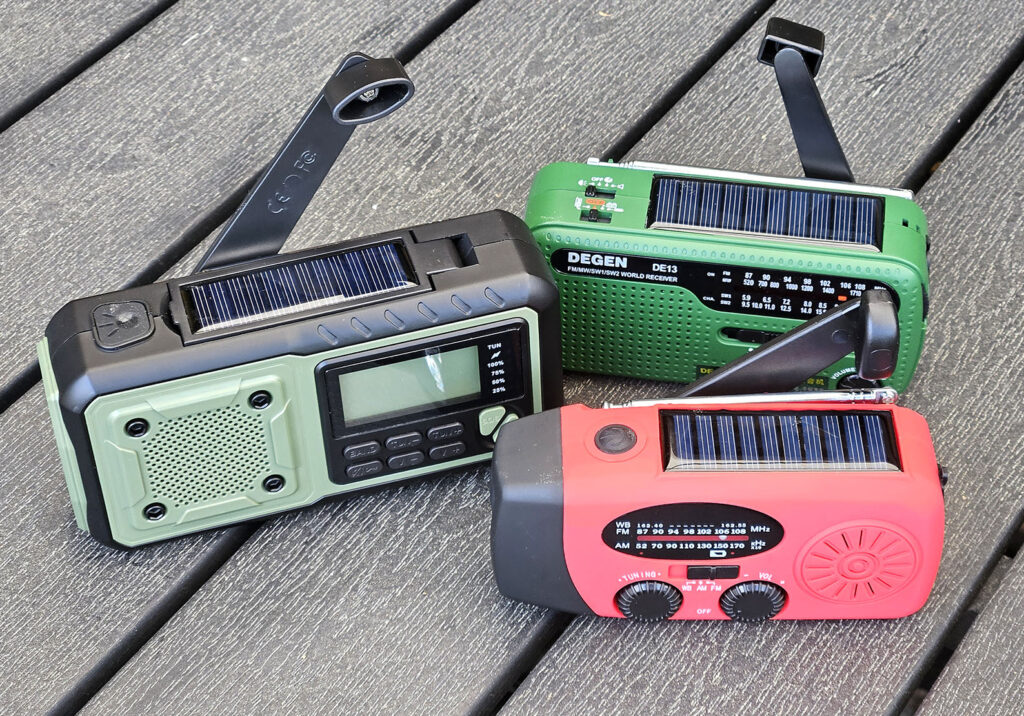More and more Danes are starting to 'prep'.
Just a week after the Emergency Management Agency issued its new emergency councils about having enough necessities to be able to get by for three days, according to a Megafon survey carried out by TV2 have already purchased a home appliance or are planning to do so.
From being something many frowned upon and associated with tin foil hats and gun fanatics, prepping is becoming mainstream.
But where does prepping as a movement really come from, and how has the phenomenon changed throughout history?
We talked to Rasmus Dahlberg about that. He is a researcher in crises and disasters at the Center for Social Security at the Defense Academy and believes that it is only common sense that the Danes have started to prepare for a possible crisis.
When did the modern prepper movement originate?
Prepping as a phenomenon originates in the USA at the beginning of the 1960s, when the Cold War is at its hottest and close to ending in a nuclear war between the USA and the Soviet Union during the Cuban Missile Crisis.
President John F. Kennedy encourages, among other things Americans to build shelters, and authorities recommend all Americans have enough supplies for a week.
In this politically tense environment, the movement 'retreatism' arises, where people turn their backs on society and settle in a cabin or similar far away from civilization.
Retreatism includes both left-wing anti-establishment and anti-war – a protest against the military-industrial complex and the politicians who are believed to be destroying the world – and a more right-wing branch that beats the drum for individual crisis preparedness as compensation for the weaknesses of public preparedness
At the end of the 1960s and up to the end of the 1970s comes a period of relaxation in the Cold War, but around 1980 the conflict between the great powers flares up again.
Here, retreatism is being replaced by another movement that is more on the right side of the political spectrum – 'survivalism'. Now prepping is primarily about having a pantry in the basement and actively protecting yourself and your family against war and disasters.
When did prepping come to Denmark?
One of the first examples of prepping in Denmark is the publication of the leaflet "Hvis Krigen Kommer" from 1962.
The pamphlet was produced by the State Ministry and informs the public about dangers, prevention and facts in connection with a possible attack on Danish territory, including a nuclear attack.

The leaflet comes as an initiative from NATO, which has had a major focus on civil protection and civil preparedness since the formation of the alliance in 1949 after the Second World War.
The thinking is that we as a society need to be able to provide civil protection to the population and have a civil preparedness to support military operations.
It is a so-called whole-of-society approach to prepping – a collaboration between citizens and authorities to be as well prepared for war and disasters as possible.
After all, it is the same idea of community mindedness and a strengthening of society's resilience that lies behind the new emergency advice that the Danish authorities have issued here in 2024.
What happens to prepping as a phenomenon in the 21st century?
After the terrorist attack on the World Trade Center on September 11, 2001, prepping is increasingly associated with a deep distrust of the authorities. Prepare yourself, arm yourself and trust no one is the mantra of the modern prepper movement.
Prepping as a phenomenon really became known in the general population when National Geographic published the series 'Doomsday Preppers' in 2012. Here you follow a group of rich men who build large bunkers in their backyard.
This is where 'prepping' as a modern term is coined. Google statistics show a huge increase in searches for 'prepping' after the premiere of 'Doomsday Preppers'.
What influence has the corona epidemic and the war in Ukraine had on the spread of prepping?
There is no doubt that prepping has become more widespread after the corona pandemic and the war in Ukraine.
Here alone, Facebook groups such as 'Prepper in DK' have grown massively in members over the past few years. At the time of writing, the said Facebook group has 18,500 members.
However, I don't think that there have been many more "hardcore" preppers in recent years. Perhaps there has been a small increase, but I think that the large increase in preparedness-conscious Danes is in the middle of the scale between "totally unprepared" and "overprepared".





